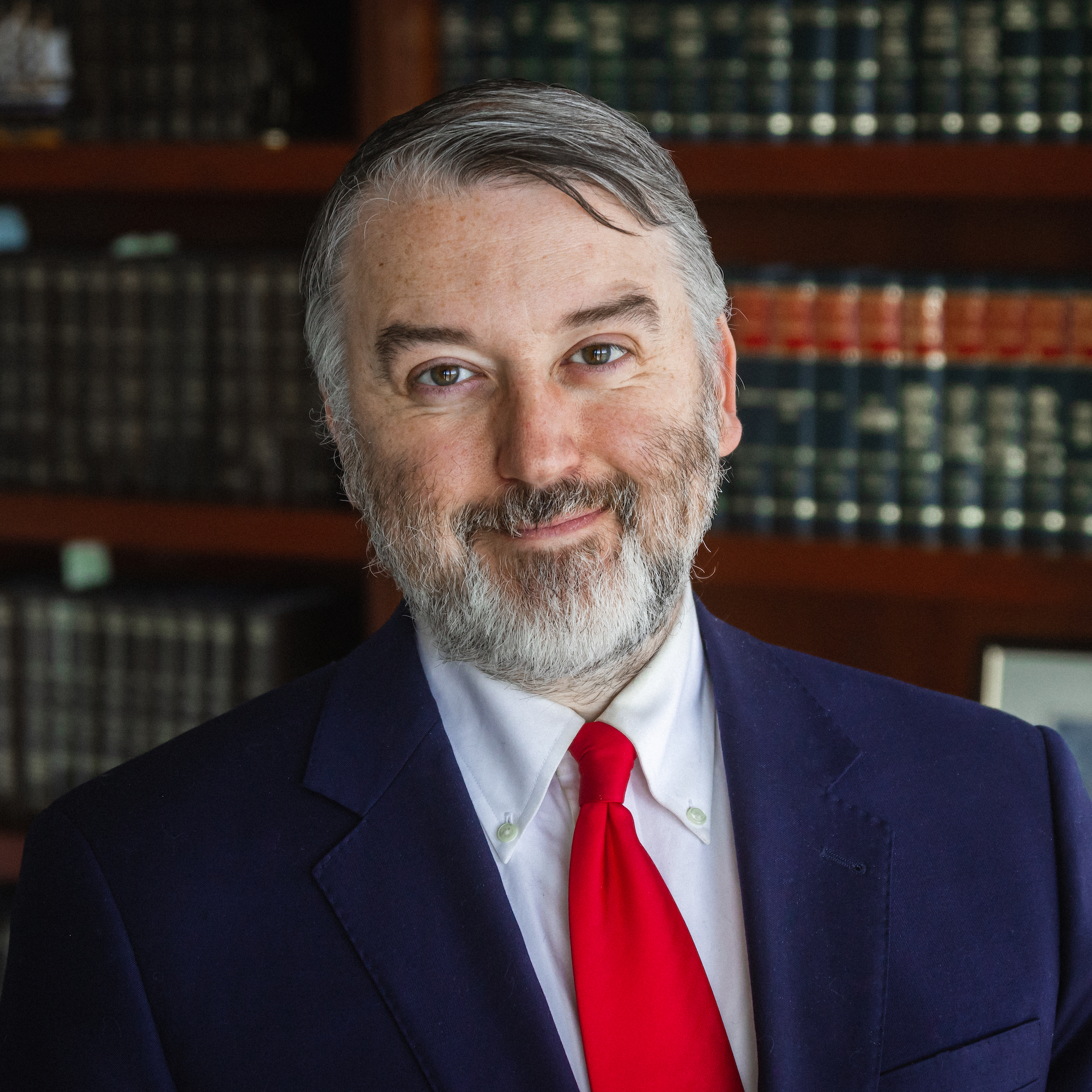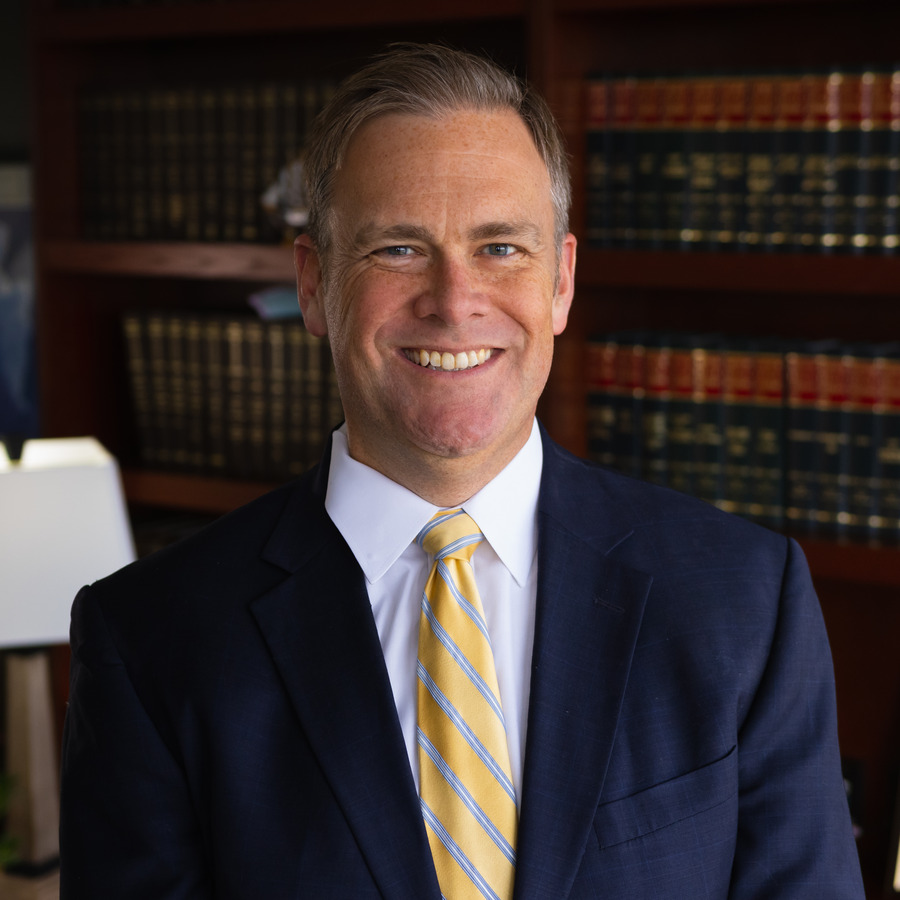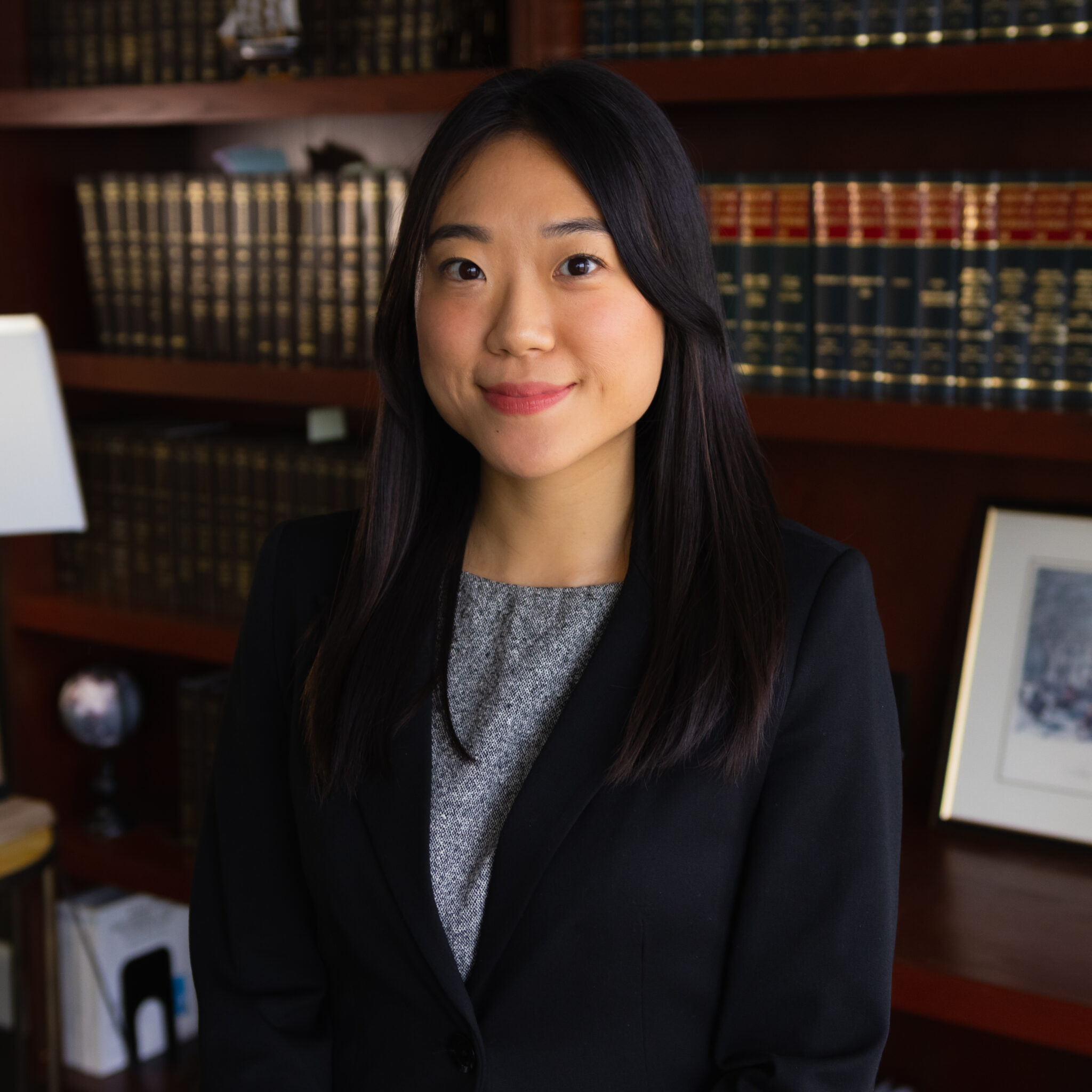
If you have student loan debt and have been researching options to mitigate or get rid of it, don’t let these common student loan debt myths fool you:
Debunking Common Student Loan Debt Myths
Myth 1: Student Loan Consolidation Will Lower My Interest Rate
Consolidating your loans will not likely result in a lower interest rate. A Federal Direct Consolidation Loan will apply a fixed, or stable interest rate to your loan, so you will have the same interest rate for the entirety of your loan. Your new interest rate will be a weighted average of the interest rates on your previous loans.
Myth 2: I Can Simply Stop Paying My Student Loans When They Become Too Burdensome
No. Unfortunately, this statement is not true. The consequences of stopping your loan payments depend on the type of loan you have. If your loan becomes classified as default or sent to collections, the government or a private lender will expect you to pay your loan in full rather than through payments. If you have a federal student loan, the government is entitled to pay for your loan through your wages, tax return or through federal funding if you are receiving any. If you stop paying a private student loan, you could be pulled into a court battle by the private lender. Either way, your credit will suffer, and you will be in a bigger mess than you were before.
Myth 3: Student Loan Forgiveness Programs Cover My Private and Non-Government Loans
Currently, there are no forgiveness programs in place for private or non-government student loans. Only federal student loans qualify for federal forgiveness programs. That does not mean you don’t have options. These options could include deferment, forbearance or even refinancing. A knowledgeable student loan attorney can help you understand alternatives for these types of loans.
Myth 4: My Loans Will Be Forgiven After 10-Years Enrollment in the Public Service Loan Forgiveness (PSLF) Program
This statement is false. To have your loans forgiven in the PSLF program, you must meet multiple requirements. First, this option only applies to loans that are part of the William D. Ford Direct Federal Loan Program. You must make 120 on-time, separate payments over 10 years before you can apply for loan forgiveness. Lump sum payments only count as one payment. In addition, you must provide proof of being a full-time employee in a qualifying, public service job for the entirety of your payments and at the time you submit your application.
Meeting these requirements do not automatically make you eligible for student loan forgiveness through PSLF. With the help of an experienced attorney, however, you will not make these program mistakes, and debt forgiveness could be in your future.
Myth 5: Student Loan Forgiveness is Free
This statement sounds too good to be true, and it usually is. Any amount of student loan forgiveness will likely be considered taxable income by the Internal Revenue Service (IRS). You will be required to include the dollar amount forgiven on your tax return, then you will pay a percentage of that amount depending on your tax bracket. There is an exception, however, when your student loan forgiveness is free: student loan forgiveness through the PSLF program is not taxable.
As you can see, there is a lot of false information about student loan debt and debt forgiveness that people read about every day. With so much information to understand, dealing with your options alone can be confusing and frustrating. Your student loan debt should not ruin your financial goals. If you are struggling with student loan debt, our student loan lawyer at The Sader Law Firm can help you discuss your options. Contact us today for more information.
 Book an
Book an Email
Email Directions
Directions







